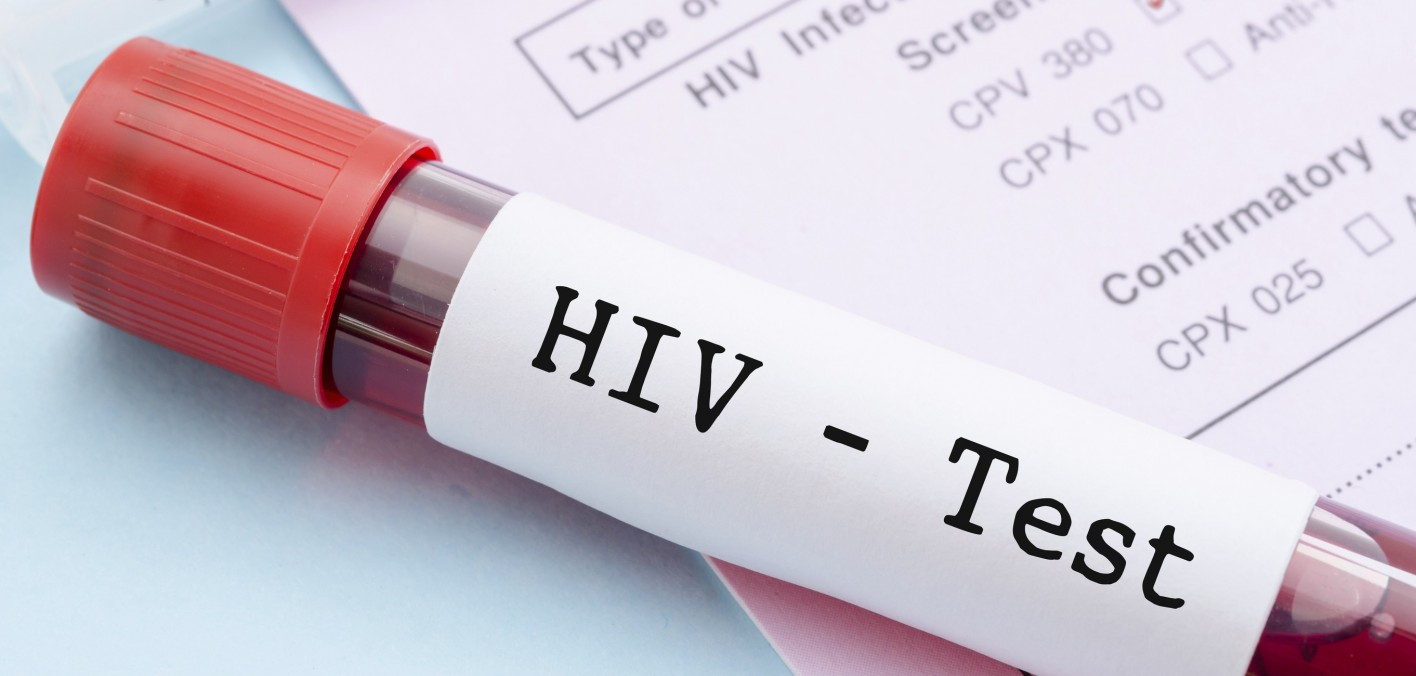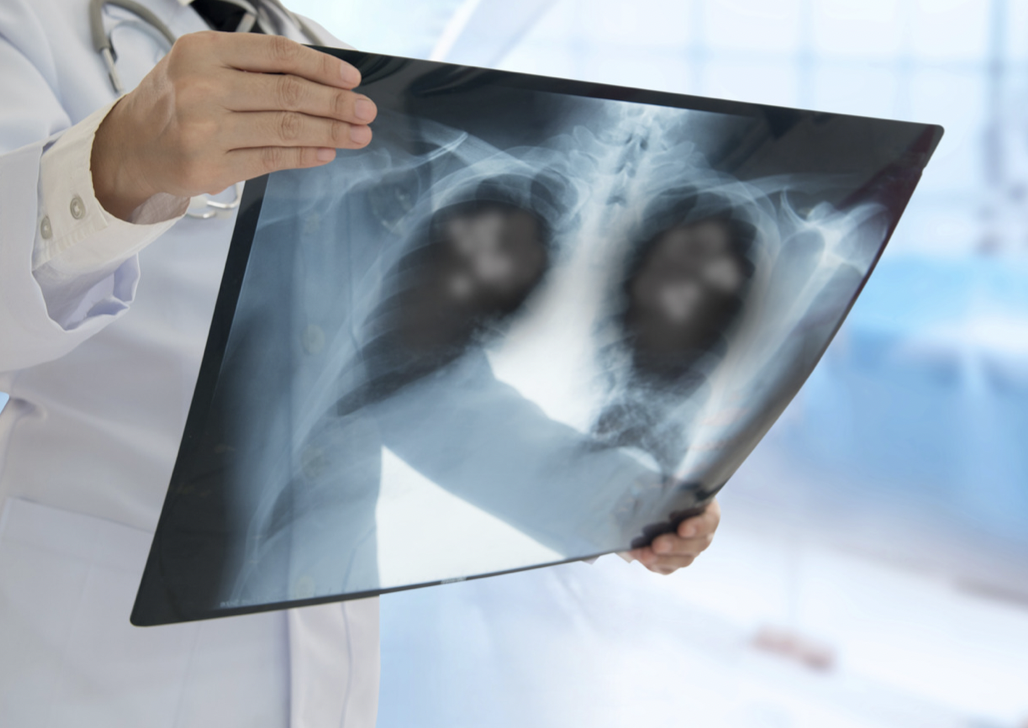Definition
HIV/AIDS is an infection caused by the Human Immunodeficiency Virus (HIV) that, over time, can lead to Acquired Immune Deficiency Syndrome (AIDS). This infection progressively destroys certain white blood cells that play a crucial role in the immune system, reducing the body's ability to fight infections and certain cancers.
This infection can affect anyone, not just adults but also babies, children, and teenagers. For instance, in the United States, almost all HIV infections in children under 13 years old occur due to vertical transmission. Vertical transmission means the virus is passed from mother to child while the child is still in the womb, during childbirth, or through breastfeeding if the child does not receive HIV/AIDS treatment.
Not every child born to an HIV-infected mother will contract the virus. The World Health Organization (WHO) recommends that babies born to mothers living with HIV be tested for HIV at two months of age, while the mother is breastfeeding, and after breastfeeding ends. This is because the risk of virus transmission continues during these periods. Older children, especially offspring and siblings of HIV-infected individuals living in areas with high case numbers, should also be tested. Community-based outreach and testing can improve access to HIV testing while reducing the stigma associated with HIV/AIDS.
Causes
In children and newborns, HIV infection is most commonly transmitted through:
- An infected mother before or during childbirth.
- The breastfeeding process after the baby is born to an infected mother.
Most HIV infections in newborns come from infected mothers. Additionally, about 12-14 percent of infants who are not infected during the childbirth process can become infected if they consume breast milk from an HIV-positive mother with high levels of the virus in her body and who is not receiving treatment. Virus transmission typically occurs in the first few weeks or months of the child's life, although it can also occur later.
Meanwhile, children and adolescents affected by this disease can become infected through sexual activities involving the exchange of genital fluids and not using barrier contraception (condoms). Some children who are victims of sexual abuse are infected with HIV. They can also be infected by sharing needles contaminated with the virus.
Children can also become infected if they receive a blood transfusion with HIV. However, due to increased screening measures for blood products, cases of HIV transmission through blood transfusion have now decreased and are rare.
It's important to note that HIV infection is not transmitted through:
- Food and water
- Touching objects used by HIV patients
- Social contact at home, work, or school
- Saliva, tears, or sweat
- Hugging or shaking hands
Risk factor
Several factors increase the risk of HIV infection in children and teens, especially teenagers. Many lack information about sexually transmitted diseases like HIV and how to protect themselves from HIV infection.
Several factors contribute to the heightened risk of HIV contraction among teenagers:
- Low condom usage rates during sexual activity: Consistent and correct condom use during sexual intercourse can significantly reduce the risk of HIV infection and various other sexually transmitted infections (STIs).
- High rates of sexually transmitted diseases among teenagers: Contracting other sexually transmitted diseases can elevate the risk of HIV infection or transmission.
- Alcohol or drug use: Teenagers under the influence of alcohol or drugs may engage in risky behaviors, such as unprotected sex.
Symptoms
If a baby is infected but does not receive treatment, symptoms typically appear after the age of 3-5 years. Common symptoms observed in children with HIV include:
- Delayed growth and development
- Enlargement of lymph nodes in various parts of the body
- Recurrent bacterial infections, such as in the ears or lungs
- Recurrent diarrhea
- Enlargement of the spleen or liver
- Fungal infections in the mouth
- Anemia or a low red blood cell count
- Heart problems
- Hepatitis or inflammation of the liver
Diagnosis
The doctor will inquire about the child's symptoms and medical history, including family history and past treatments. Gathering information about the child's family history and previous treatments is crucial.
HIV testing is confidential and may involve a counselor specializing in HIV. Typically, HIV infection in children is identified through routine blood tests conducted on pregnant mothers during pregnancy. HIV testing is a mandatory component of prenatal care, usually performed in the early stages of pregnancy and during the third trimester.
Diagnosing HIV/AIDS in infants under 18 months old presents particular challenges. Newborns born to HIV-positive mothers often have detectable HIV antibodies from the mother in their blood, regardless of whether the baby is actually infected. Therefore, specific blood tests such as HIV DNA or RNA tests are necessary.
For children over 18 months old, HIV antibody tests or rapid HIV tests are available options. These tests are sensitive, reliable, and widely accessible.
Management
HIV treatment for children is administered by pediatricians who are experienced in treating infectious diseases. Treatment success relies heavily on the support provided by the child's environment, including parents and caregivers. Antiretroviral therapy (ARV) is the primary choice for treating HIV/AIDS in children.
Medication administration should be overseen by a pediatric specialist, and regular monitoring of the child's immune system is crucial to assess treatment effectiveness. Alongside ARV treatment, it's important to encourage behaviors that reduce the risk of HIV transmission.
Moreover, treatment is also extended to mothers diagnosed with HIV/AIDS. All pregnant women with HIV should receive ARV treatment, as pregnancy itself warrants lifelong ARV therapy.
Complications
When children experience a significant decline in their immune system, they may develop opportunistic infections. These infections are more common and severe in individuals with weakened immune systems. HIV infection can lead to challenging infections caused by bacteria or viruses that typically do not affect healthy individuals. If a child with HIV contracts opportunistic infections, they are considered to have AIDS, which is the most advanced stage of HIV infection.
Prevention
To prevent mother-to-child transmission of HIV, mothers should take steps to protect themselves from acquiring the virus. Avoid activities that increase the risk of HIV transmission and prioritize maintaining good health during pregnancy. This includes abstaining from tobacco, alcohol, and illicit drugs, as well as practicing safe sexual behavior. Adequate nutrition and regular prenatal care are also essential.
In some cases, giving birth by cesarean section can reduce the likelihood of virus transmission. Additionally, babies born to HIV-positive mothers should receive antiretroviral medication to prevent HIV-related infections.
For sexually active individuals, undergoing HIV and sexually transmitted infection testing is crucial. All pregnant women should be tested for HIV as part of routine prenatal care. As parents, educating children about sexually transmitted diseases and risky behaviors is important for prevention.
When to see a doctor?
If you're a pregnant mother already infected with HIV, it's crucial to consult a doctor immediately. Pregnant women with HIV require specialized antenatal check-ups with different management than those without HIV. Promptly seek medical attention if your child experiences any of the abovementioned symptoms.
Looking for more information about other diseases? Click here!
- dr Hanifa Rahma
Pocket Book of Hospital Care for Children: Guidelines for the Management of Common Childhood Illnesses. 2nd edition. Children with HIV/AIDS (2013). Retrieved 26 March 2023, from https://www.ncbi.nlm.nih.gov/books/NBK154455/.
MSD Manuals - Human Immunodeficiency Virus Infection in Children and Adolescents (2023). Retrieved 26 March 2023, from https://www.msdmanuals.com/home/children-s-health-issues/human-immunodeficiency-virus-hiv-infection-in-children/human-immunodeficiency-virus-hiv-infection-in-children.
UNICEF Indonesia - Pencegahan Penularan HIV Dari Ibu ke Anak (2019). Retrieved 26 March 2023, from https://www.unicef.org/indonesia/id/pencegahan-penularan-hiv-dari-ibu-ke-anak.
WHO - Global HIV Programme (2019). Retrieved 26 March 2023, from https://www.who.int/teams/global-hiv-hepatitis-and-stis-programmes/hiv/treatment/treatment-and-care-in-children-and-adolescents.












